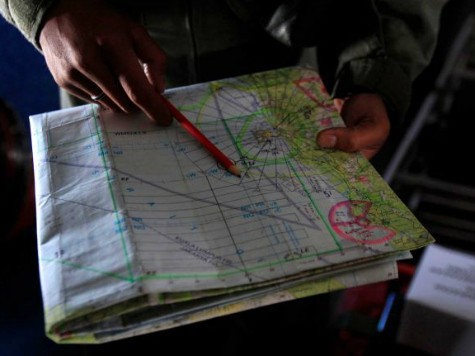The black-box recorders aboard the missing Malaysian Airline System Bhd. Flight 370 are going to run out of battery soon, and aircraft and boats from nations as politically opposed as China and the United States are frantically searching for the signals from the black boxes before time runs out. The Australian ship Ocean Shield has now joined the search.
The locator beacons in the black boxes that emit the signals only do so for 30 days; the plane was lost on March 8. Australian Prime Minister Tony Abbott said it did not matter if the batteries for the signals died; the Australian ship, which will only reach the search area April 3, would not stop its search. Abbott said, “We are searching a vast area of ocean and we are working on quite limited information. If this mystery is solvable, we will solve it.” Commodore Peter Leavy, running the Australian military’s search, said, “Our primary focus at the moment is to use the aircraft to identify wreckage and have the ships move in and pick up the wreckage out of the water. This is a critical step.”
The search area is currently in the southern Indian Ocean waters, roughly 1,280 miles west of Perth, and at the end of March encompassed 254,000 square kilometers, according to Datuk Seri Panglima Hishammuddin bin Tun Hussein, the Malaysian Minister of Defense. On March 28, the search area was moved 680 miles because estimates stated that the flight had moved faster than thought before.
Although the ocean depth in the search are ranges from 2,000 meters to 4,000 meters, the black boxes are meant to work even as deep as 20,000 feet, with the pings having the capacity to send their signals for a mile.
However, that may not be enough. The U.S. Navy’s Seventh Fleet stated, “Without confirmation of debris it will be virtually impossible to effectively employ the Towed Pinger Locator since the range on the black box pinger is only about a mile.” Commander William Marks, spokesman for the Seventh Fleet, said on CBS’s Face the Nation, “If we don’t get a location on that pinger, we then have to very slowly use sonar to get an image, a digital image of the bottom of the ocean and that is incredibly, a long process to go through.”
Abbott exuded more confidence, saying of the searchers, “They’re tired, sure, but this is what they’re trained for.”

COMMENTS
Please let us know if you're having issues with commenting.